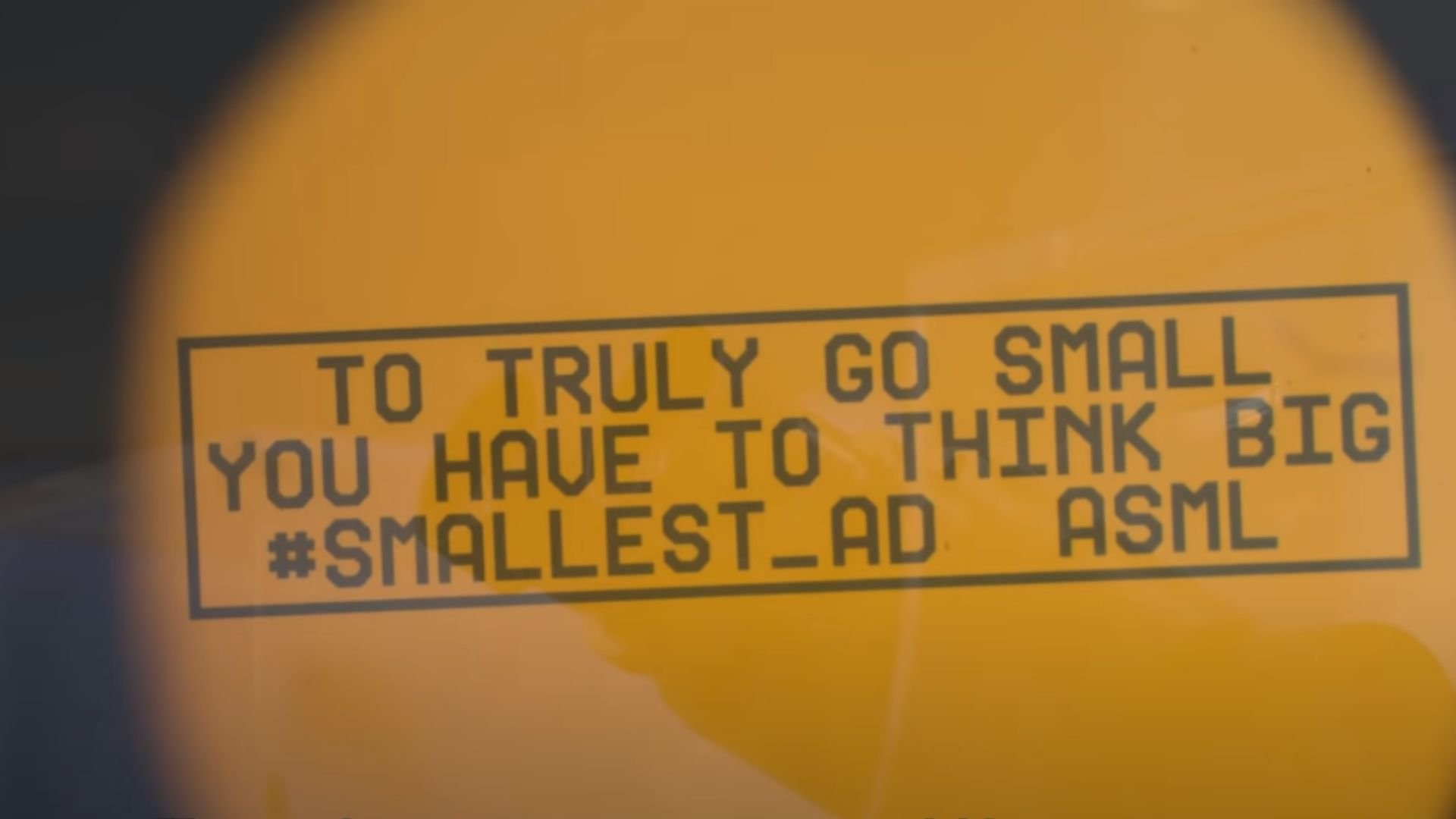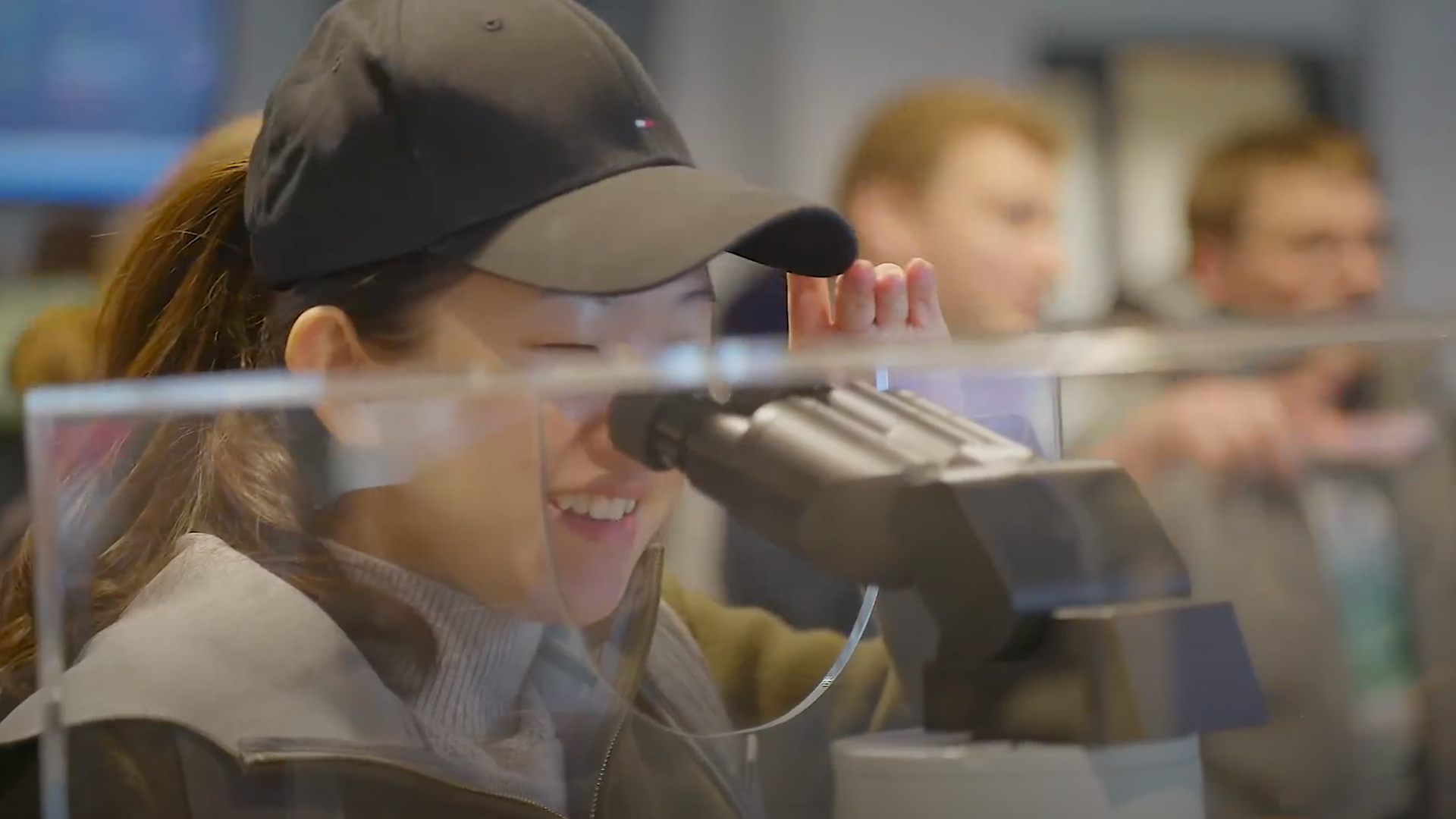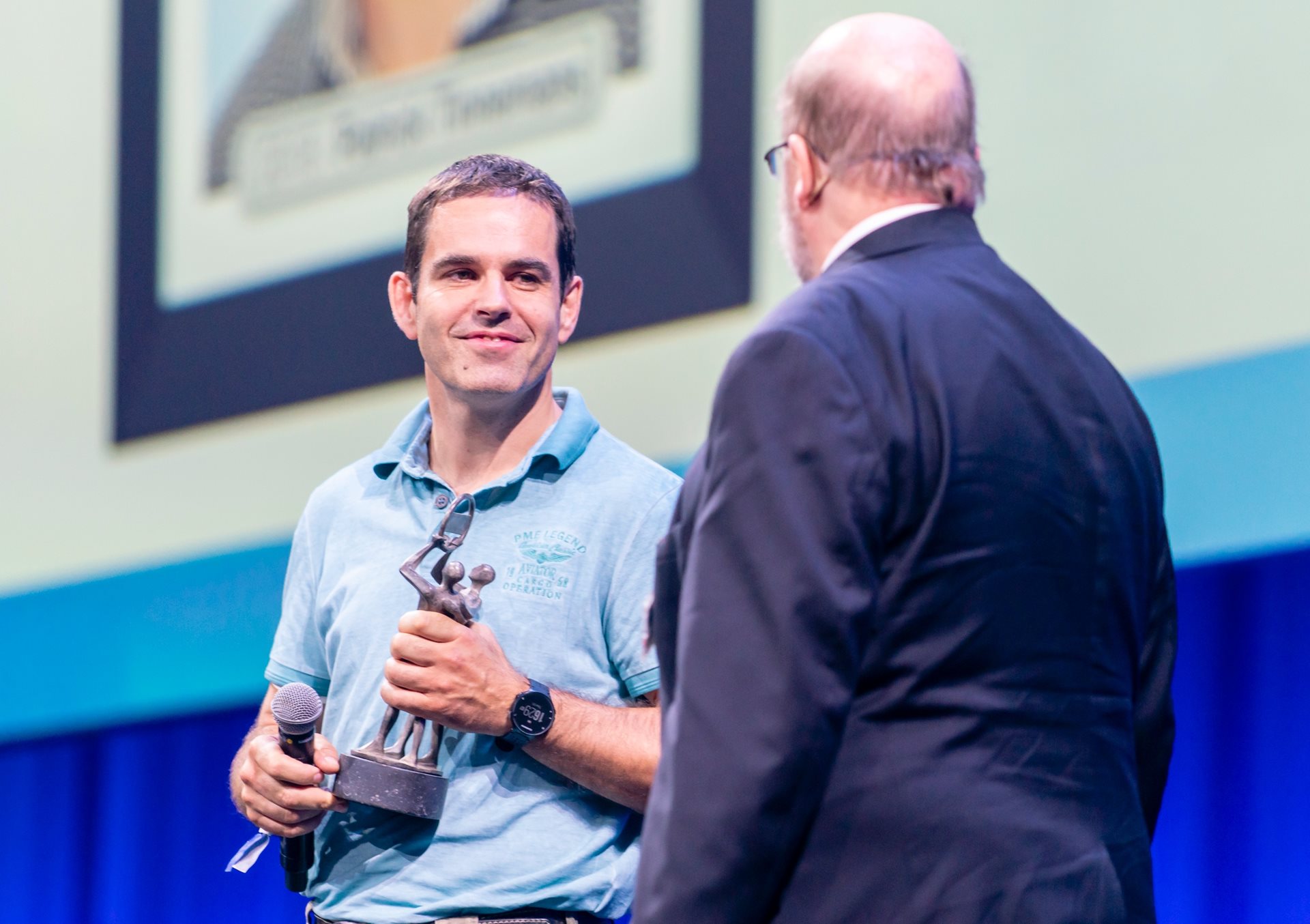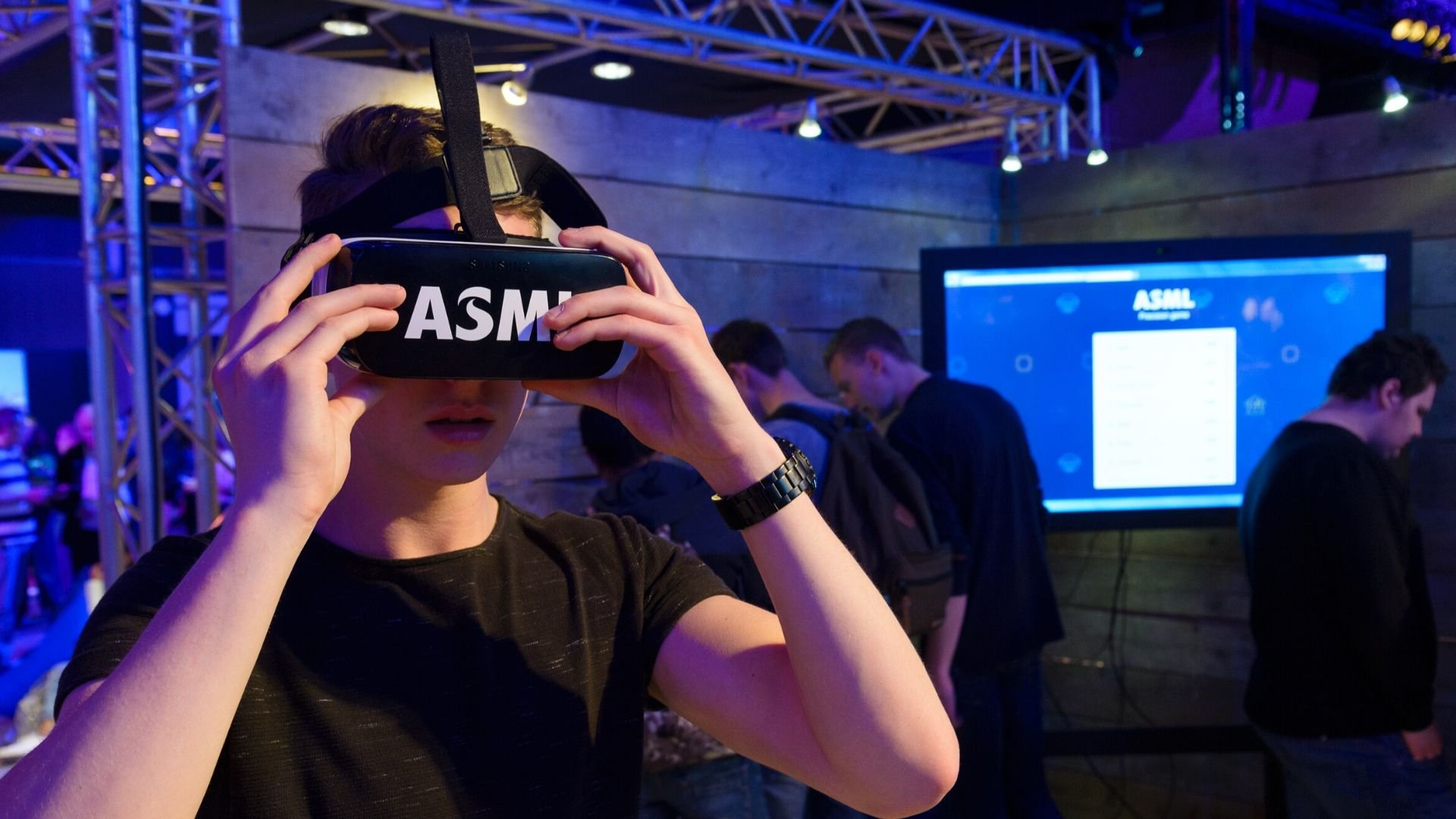4-minute read - by Sue Todd, October 2, 2018
ASML’s lithography machines are used to create microchips on the nanometer scale (that’s a millionth of a millimeter), which in turn enables electronic devices to become cheaper, faster and more powerful. So, it may come as little surprise that ASML has set the Guinness World Records title for the world’s smallest advertisement, created with one of our lithography machines.
The world’s smallest advertisement has a surface area of 258 micrometers squared, measuring just 33.27 micrometers x 7.76 micrometers. It would easily be covered by a single strand of human hair, which are about 75 micrometers wide (one micrometer equals a thousandth of a millimeter).
From burger buns to chips
ASML’s advertisement is three times smaller than the previous Guinness World Record. US fast food chain Arby’s held the previous record, having produced a 735-micron squared ad on a sesame seed from one of its burger buns in June 2018.
The record-breaking smallest advertisement was unveiled today during a career event at RWTH Aachen University in Germany, where students could view the ad under an electron microscope. Students were also encouraged to share a photo from the event on Instagram using the hashtag #smallest_ad. ASML will cover a year’s worth of tuition fees for the student with the most creative image.
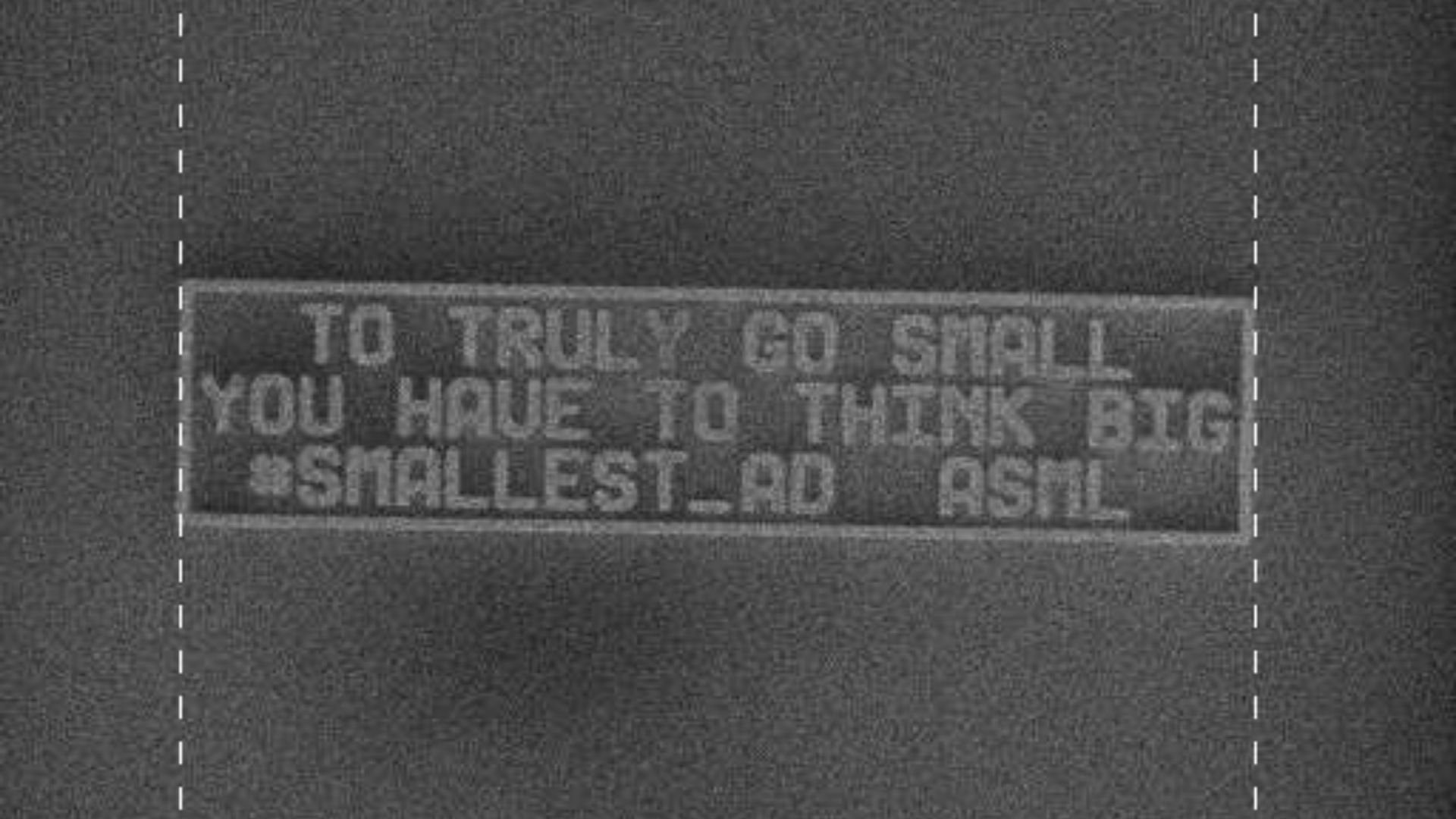
How do you make the world’s smallest ad?
ASML creates the machines that make microchips. So, we used our expertise to pattern our advertisement on a 300 millimeter wafer using one of our innovative lithography machines.
A wafer is simply an ultra-clean and super-smooth silicon disk where a microchip is patterned. It’s the foundation on which the multi-stage chip manufacturing process sits.
lithography in action
Here's how we made the ad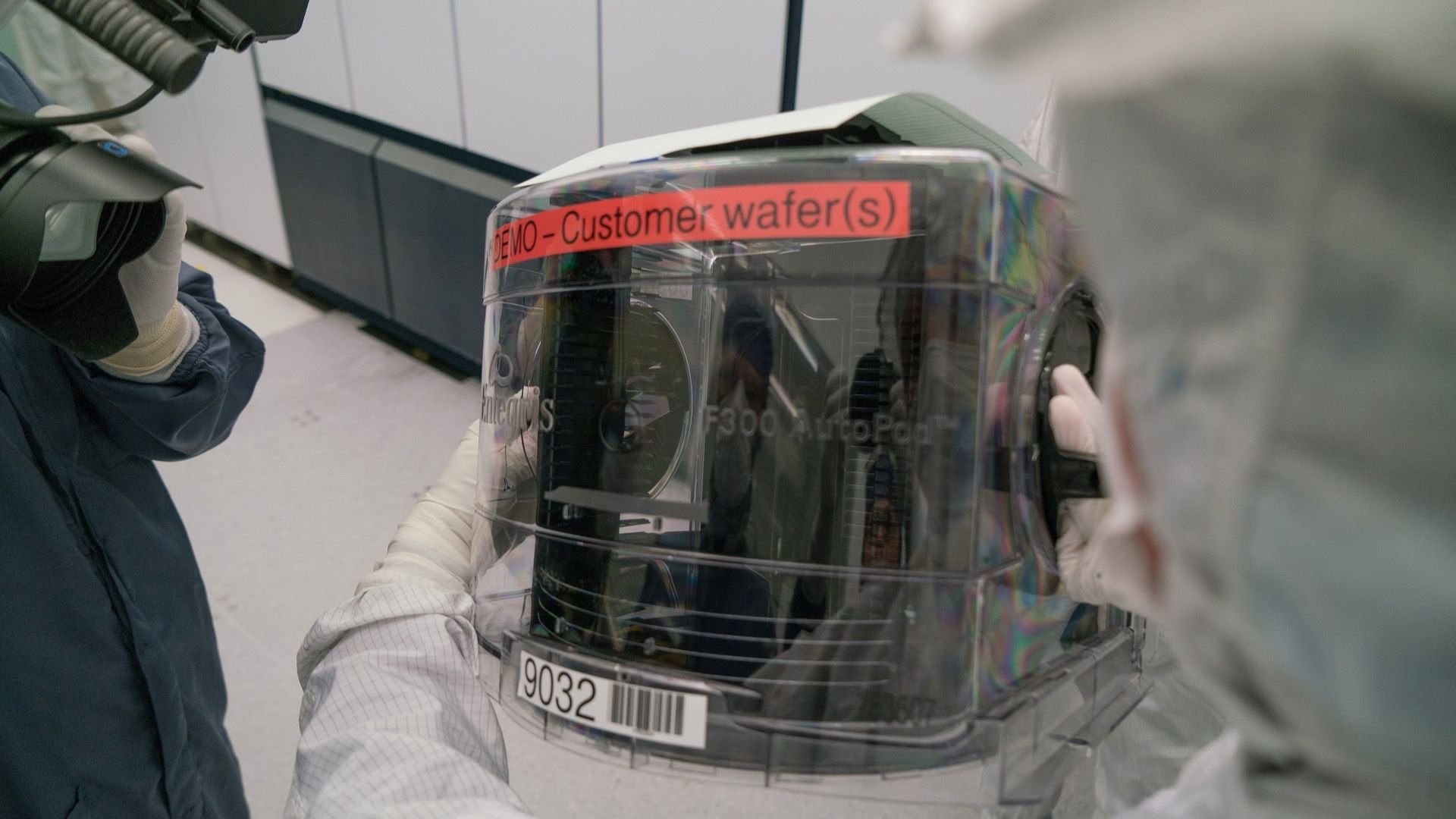
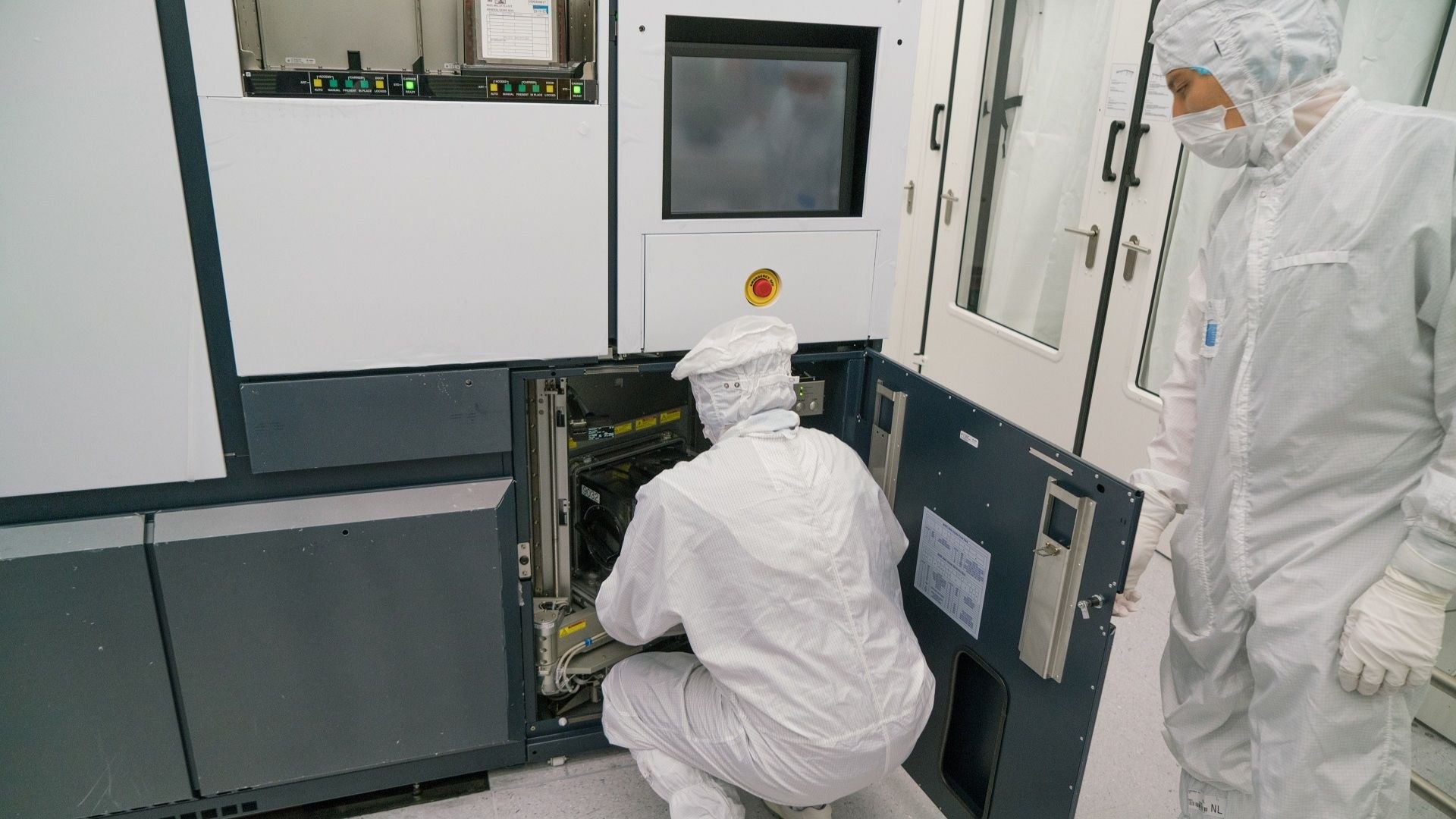
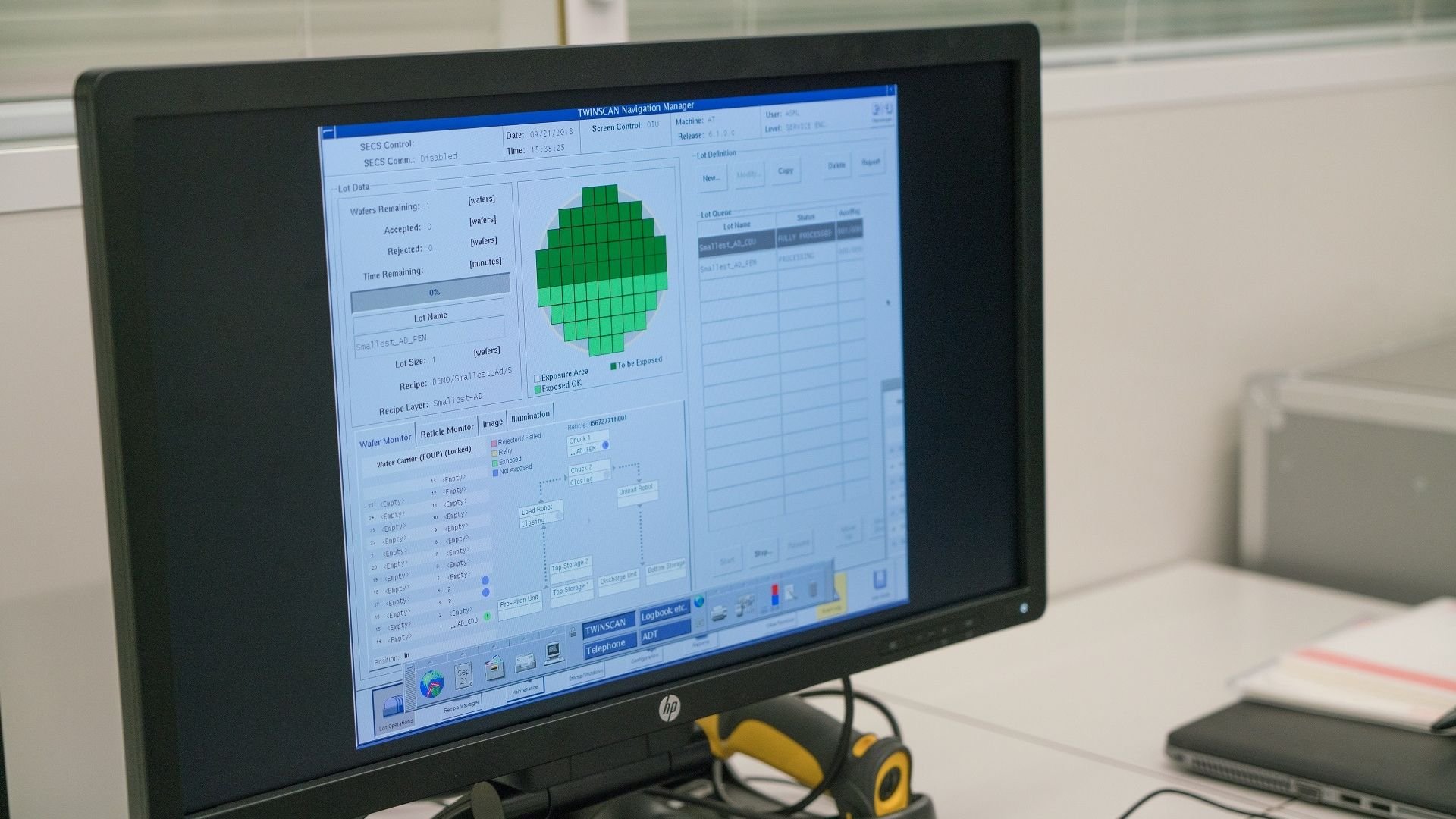

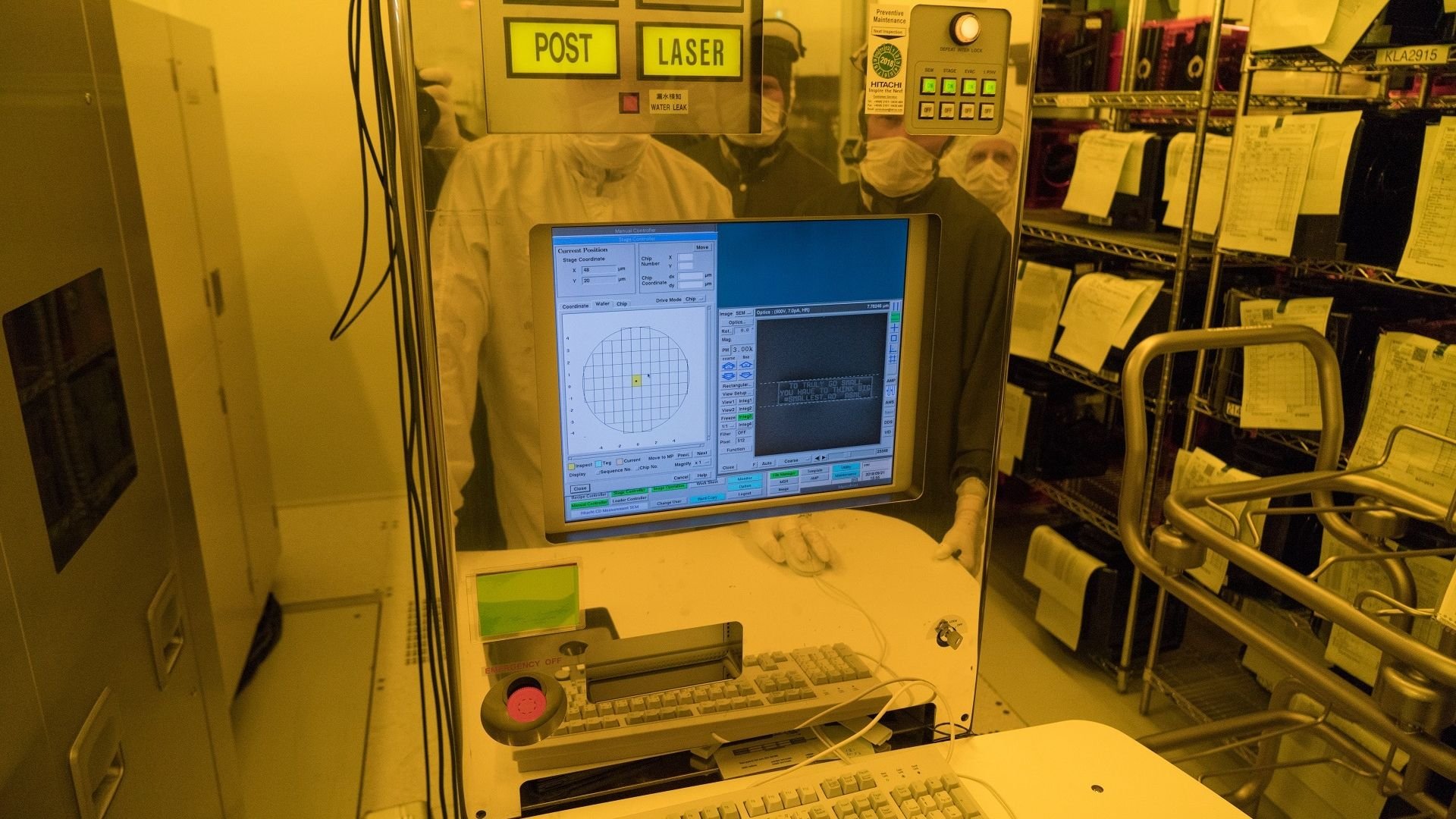
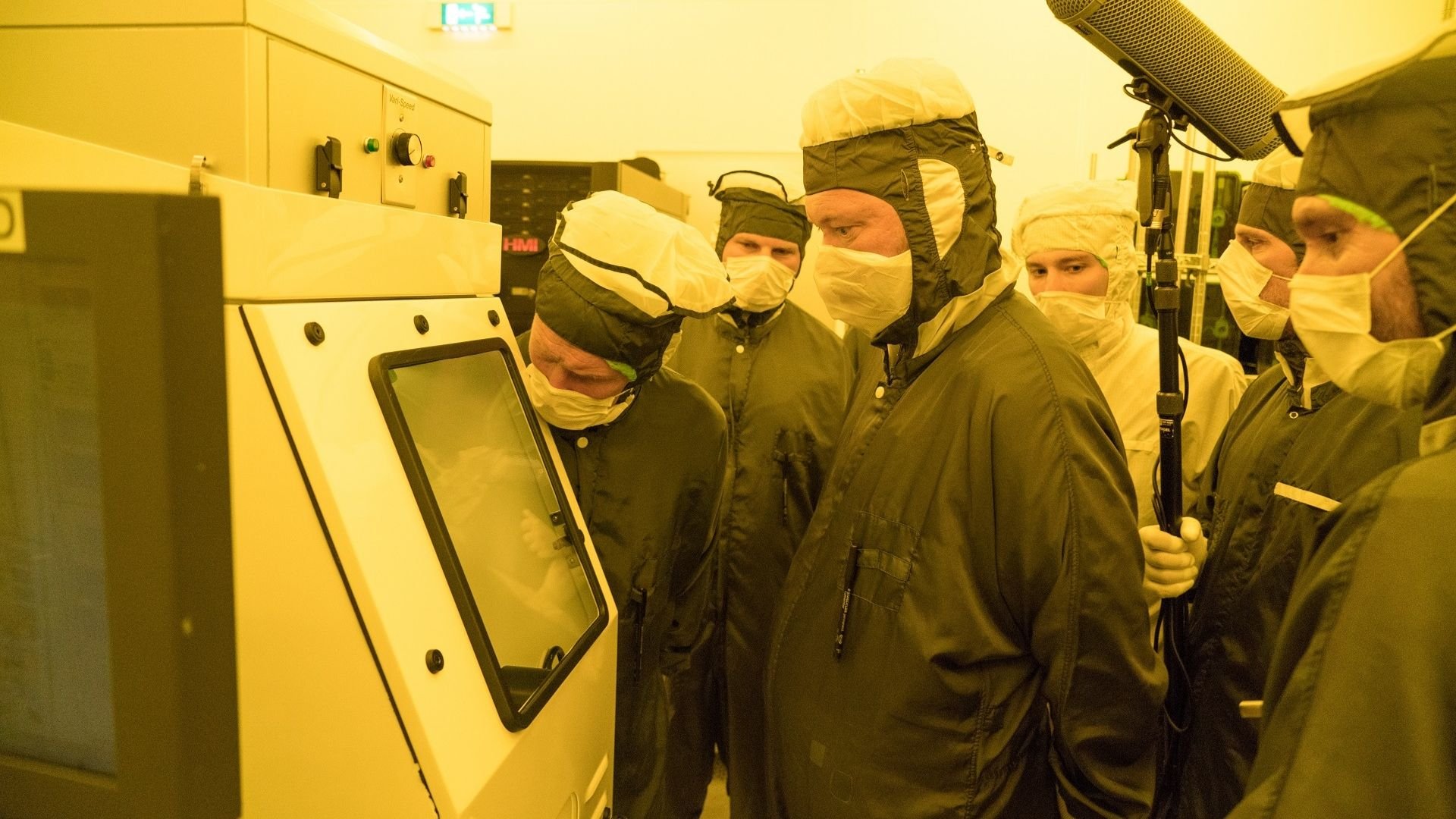
Do you want to be a record breaker?
Bagging a Guinness World Record is quite an achievement, but every stage to create our ad involved an intricate balance of machines, technologies, and expertise.
That’s the beauty of ASML. We don’t just build some of the world’s most amazing machines, we also need cutting-edge software to run them, and we work across various disciplines and worldwide locations to achieve this.
Whether you are a student or an experienced engineer, whether you want to design or build, work with customers or software code, we are looking for people like you to help us push our technology further.
